December 8, 2020
A ‘New Normal’ in Packaging for Traditional Luxury Brands?
Despite a turn to minimalist design and a strong focus on sustainability in product packaging, many premium luxury brands retain an identity strongly rooted in heritage and tradition; linked to various aesthetic codes and portrayed on their packaging.
How does a brand with historic luxury cues and a recognisable, long-established presence become more environmentally responsible, whilst still retaining the luxurious aesthetic they are so recognised for?
LB Odendaal, Head of Design at IPL Packaging answers this:
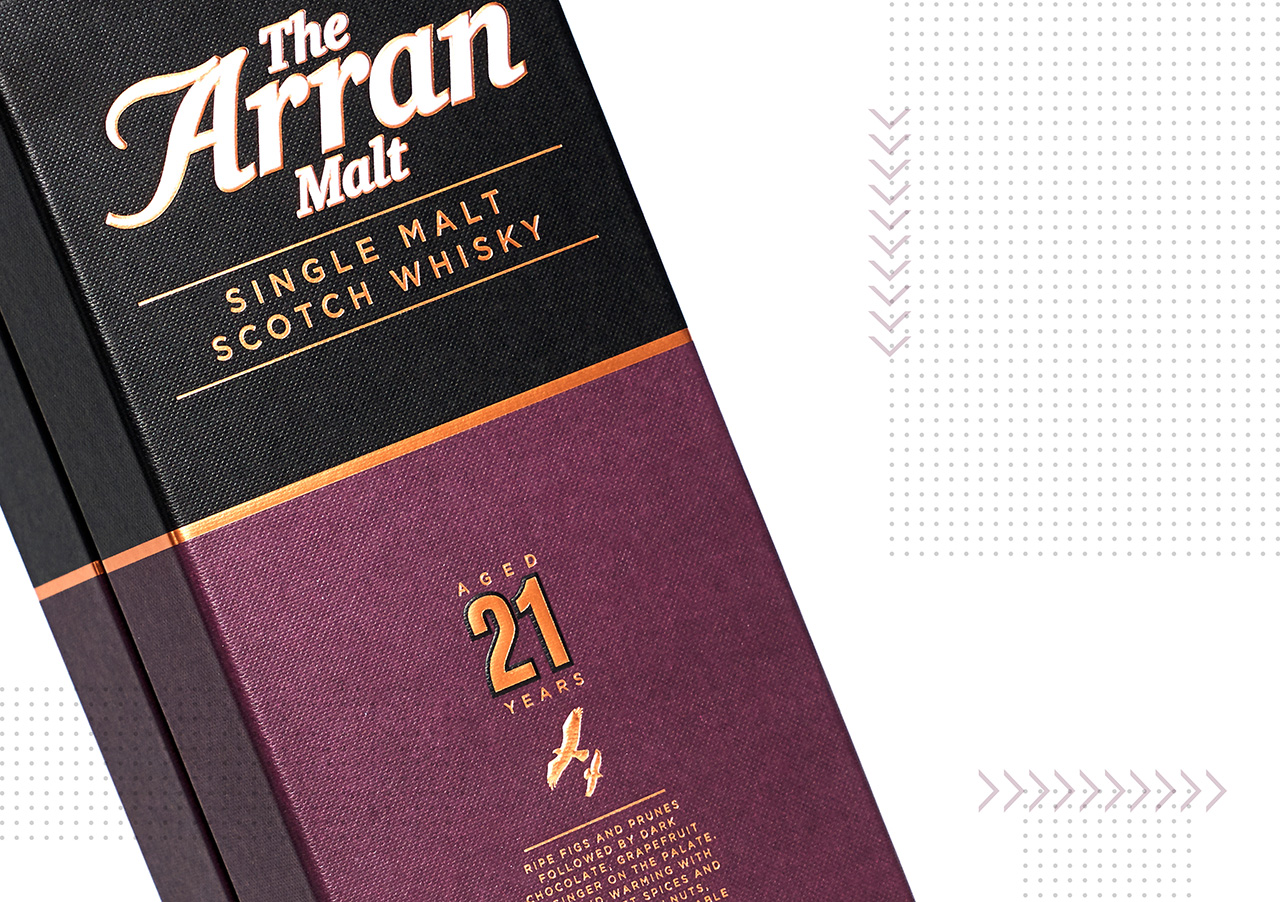
Luxury Packaging Cues – The Then & Now
“Customers’ expectations for luxury packaging are typically very different from the general market, with the product packaging seen as an important part of the product itself,” he says. “Traditionally, gold, black and silver have remained strongly associated with luxury and sophistication and very present on the packaging of several established luxury brands, and with good reason,” he explains. “These colours generally denote quality, sophistication and value.”
“Historically, much of the packaging developed for established, heritage brands has also typically included multi-materials and metallised plastic, leather, high gloss lacquer and many other types of materials; which, while connoting the necessary values, are difficult to recycle, and might have an inherently negative environmental impact in production,” states Odendaal. “In a similar way, the permanent bonding and lamination of materials were never geared for the recycling stream,” he explains.
“Now, with continual technological advancements in packaging, however, there are many ways to continue to honour and retain the ‘look and feel’ of long-established luxury brands whilst orientating the packaging design and production to greater levels of sustainability and innovation.”
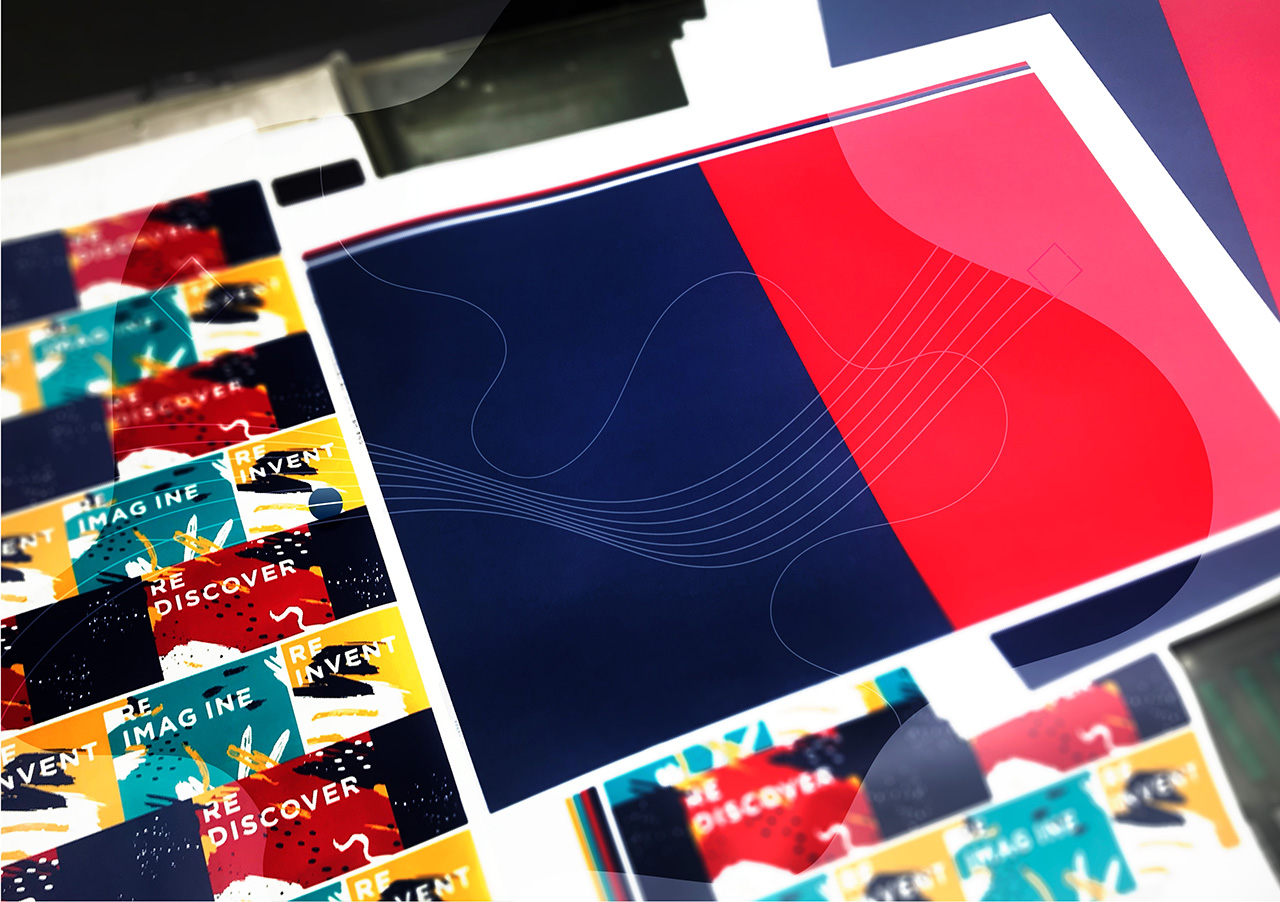
Colour Credibility
“As global packaging designers and suppliers, at IPL we’re fully aware that colour is often a driving force in brand identity – it sets the tone and personality of the realm the brand wants to embody. When colour is limited, that narrows the field! Luckily latest advancements and development in eco-friendly inks have come a long way to ensure that improved sustainability is not a by-word for visually boring,” he comments.
“Recently, we’ve worked with soy and water-based inks that allow for a wide variety of colours and shades to be part of any new brand extension, without sacrificing the brand’s luxurious and long-established aesthetics. “As one of the better alternatives to conventional inks (derived from petroleum-based products, water, resins, pigments and a wide variety of metals), soy ink is often capable of producing more vibrant colours than standard inks,” says Odendaal.
“Due to its lighter consistency, the ink lays on the paper differently, making it easy to degrade the colour during the recycling process. Water-based ink also offers a great alternative to traditional inks. It’s gentle on the environment, contains no toxic chemicals and is completely comprised of naturally occurring substances.
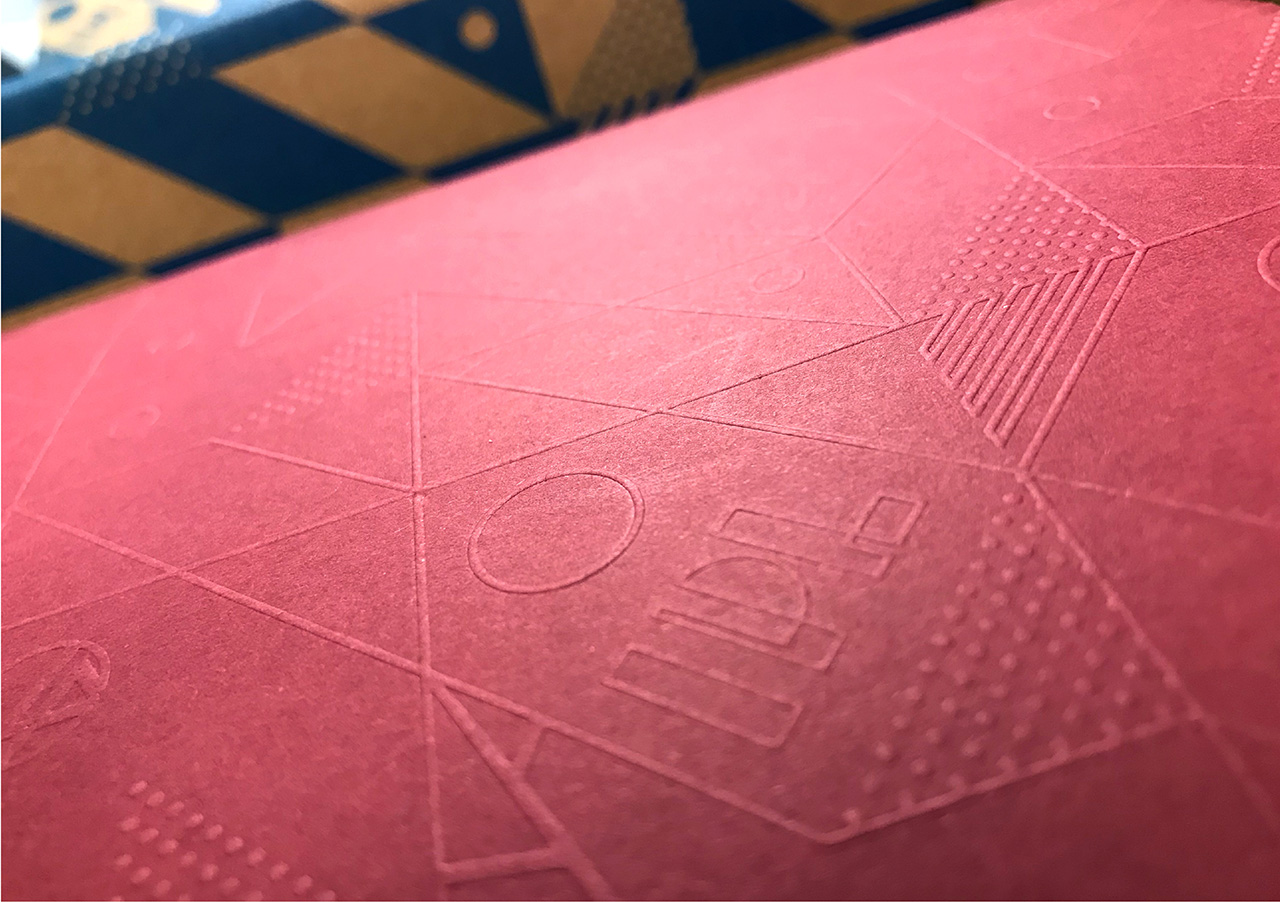
New Alternatives, New Materials
“We also continually research and develop packaging components, fitments and processes using the latest advances in eco-friendly materials such as paper and bamboo pulp and starch-based bio-foams amongst other things,” he states.
With the rapid advances made within the last few years, sustainable, recycled and eco-friendly papers are now akin to the ‘not-so-eco-friendly’ paper packaging options of the past. These new paper options can ensure a brand’s desired ‘look and feel’ specifications are met and tick those all-important design boxes ranging from ‘sleek sophistication’ to ‘textured modern minimalism’.
“Through endless research and investigation into the ever-changing landscape of material choices and new processes available in manufacturing we’ve also managed to identify several alternatives that successfully mimic, and even surpass, some of the more traditional, and less environmentally sound materials,” says Odendaal. “Looking at plant-based leather substitutes, for instance, allows for a very close match to the real feel of hide, yet without any of the negative associations.”
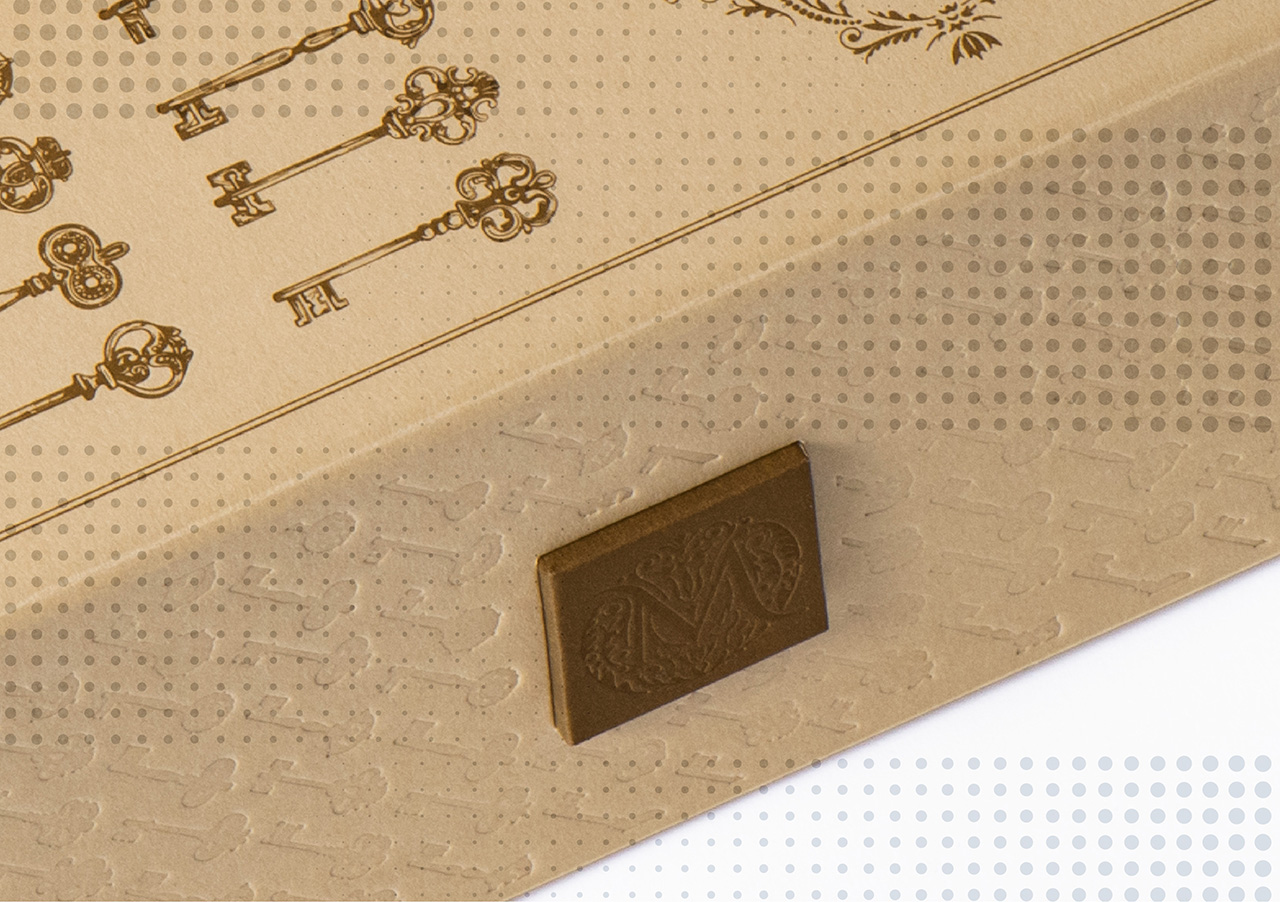
Value in the Unexpected
“The value of responsibly sourced and produced papers, lacking bleach and harmful chemical dyes is immense; paper wraps on rigid substrates allow for hundreds of beautiful packaging finishes in a variety of attractive textures and colours. Embossing and foil stamping can be implemented in a responsible way and (if the use of laminated films is avoided), can be considered very environmentally friendly.”
There are also creative alternatives to replacing more traditional fitments and closures (such as magnets and foams), with paper, pulp and creative structural innovation and to continue to create luxurious solutions that don’t ‘pack on the guilt!”
“Friction-fit and tuck-flap closures are among a variety of closure developments that provide the desired results while still delivering on brand goals and also ticking the sustainability box.”
“It’s an exciting time for the luxury sector and we look forward to the introduction and utilisation of further packaging enhancements that will seek to elevate the luxury consumer experience whilst, simultaneously, continuing to resonate, or even elevate, a brand’s story and heritage,” concludes Odendaal.
___
IPL Packaging is a global luxury packaging supplier with offices in the USA, Europe, Mexico, Asia and Africa. Approved manufacturing is available in several Asian countries, as well as sites in Eastern Europe. We create bespoke, tailored and exclusive packaging for any premium or luxury brand and manage the entire process, from conceptualisation and design to production and delivery.
For more information on packaging solutions or to get an insight into our latest packaging trends, follow us on LinkedIn, Facebook, YouTube or Pinterest. Keep an eye on our News section for insightful articles and innovative ideas around packaging materials, product development and design.
More articles

September 27, 2023
Packaging in the ESG Age

November 14, 2023
The Battle for Sustainable Packaging Supremacy

May 2, 2024
Soaring Celebrations
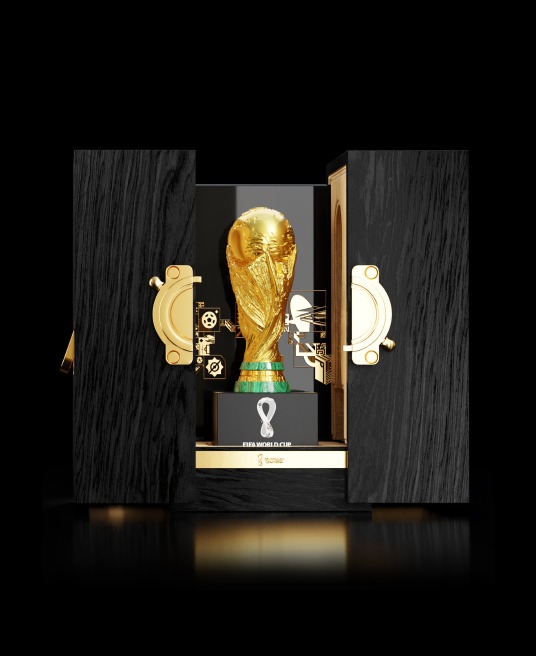
March 28, 2023
Case Study – FIFA Replica Trophy Case

May 19, 2022
A Slam Dunk for Cincoro

December 8, 2020
Kindred Spirits – Glengoyne Single Malt

March 22, 2021
Millimetres matter when it comes to packaging design

February 13, 2024